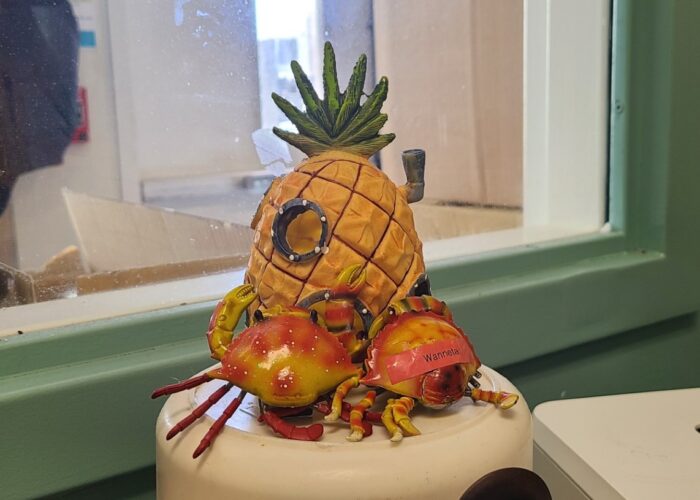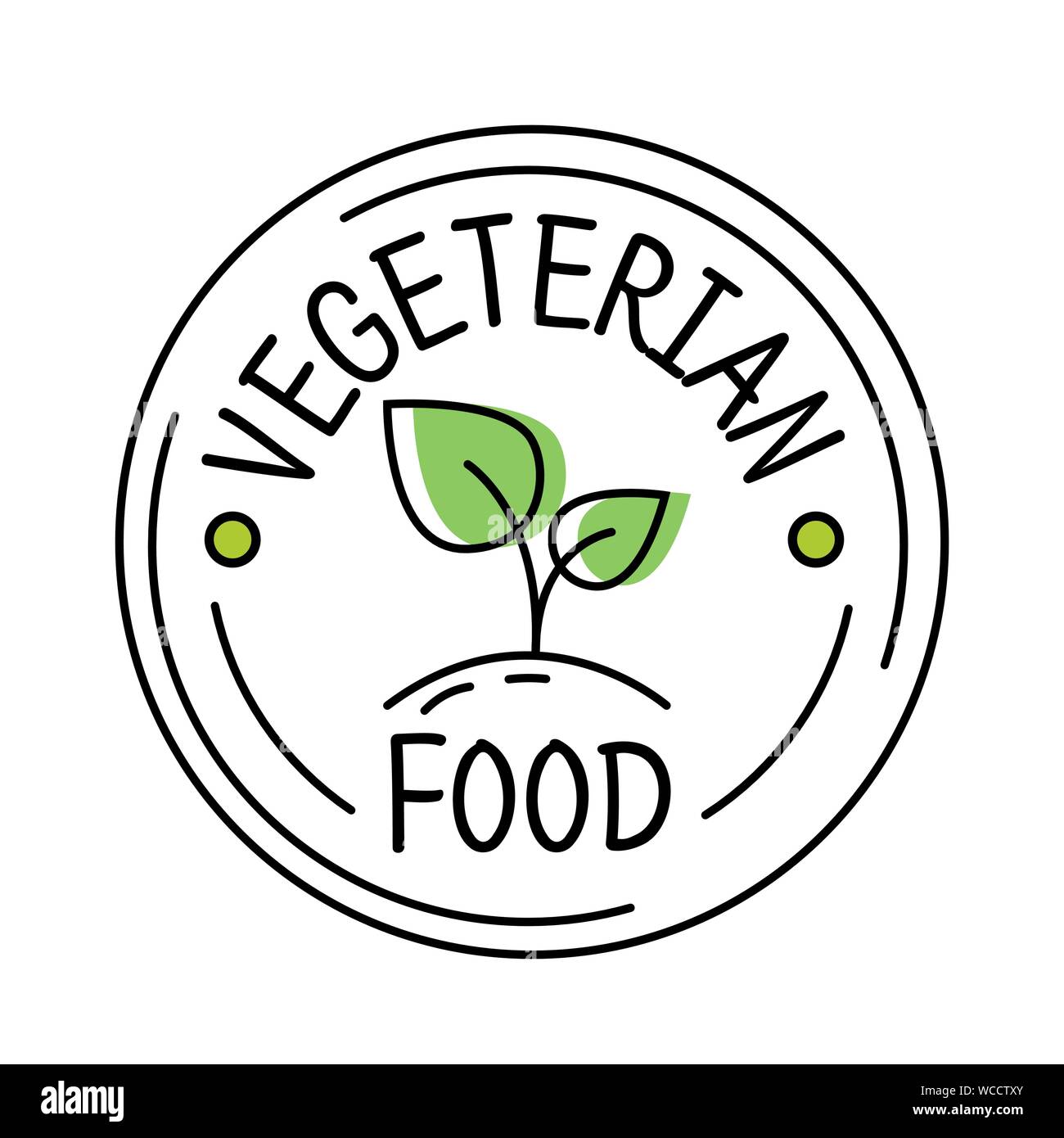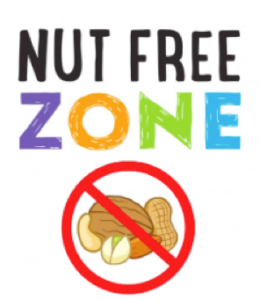
- Did you know more than 1 in 5 children struggle with hunger in Texas?
- When school cafeterias close at the end of the academic year, students lose access to those daily, nutritious meals.
- The Summer Meal Programs help ensure Texas children have the food they need for an active, healthy summer.
What to expect when arriving at a Summer Meal Site:
- Welcoming faces in a supervised setting
- A healthy meal at no cost for children 18 years old or younger as well as eligible people with disabilities.
- A clean, supervised setting where children enjoy a balanced, nutritional meal
The schedules for a meal site are subject to change. Please call to confirm dates, times and meal-service details.
For more information, parents should visit SummerFood.org.
The Summer Meals Program provides no cost meals in low-income areas to the following:
- Texas students who are 18 years old or younger
- Enrolled Texas students up to the age of 21 with disabilities
If you would like your family to benefit from the Summer Meal Programs, no application, identification or registration is required. The U.S. Department of Agriculture (USDA) funds the Summer Meal Programs – including the Summer Food Service Program (SFSP) and the Seamless Summer Option (SSO) while The Texas Department of Agriculture (TDA) administers the Summer Meal Programs in Texas.
Need food assistance now?
Dial 2-1-1 to speak to an operator or click here for more information on food assistance for Texas families.

- Foods with Minimal Nutritional Value (FMNV) are restricted from 7:10 a.m. to 3:30 p.m. This includes candy, soda, popsicles, chips, and caffeinated beverages, including energy drinks.
- Competitive Foods, including all food and beverages that are not provided by school food service, may not be consumed on campus.
- Three school events throughout the school year may be designated as a special time for consuming FMNV determined by the school administrator. Typically Thanksgiving, Winter Holiday, and End Of Year Parties.
- Parents providing their child’s lunch may not provide food to any other child other than their own. Purchased food not made from home (McDonald’s, Sonic, Domino’s, etc.) must be eaten outside the cafeteria at the picnic tables.
Thank you for your cooperation and understanding!
Eat like a Little Longhorn…
Breakfast 7:15am-7:50am & Lunch 11am-12:30pm
Full Lunch Tray- $6 (Ice Tea included)
Full Breakfast Tray- $5 (Coffee included)
Coffee – $2 **50₵ discount on coffee if you bring your own cup!!
Just Entrée – $3
Just a side – $2
Just Fruit – $1
Milk Carton – 50₵
Iced Tea (refills included) – 50₵
Executive Chef • Kimberly Wilson • July 2013 – present
Meet the chefs (1)
This is Chef Kimberly’s 12th school year at UTES. She has also led the Child Nutrition Program as the Executive Chef for the last 4 years. She previously operated the cold food department in the Jester production center on the UT main campus for almost 3 years. Kimberly has a Degree in Culinary Arts and has been in the restaurant and hospitality management industry for the past 19 years.
Have you seen Chef Kimberly’s pet crab Kobe?
Kobe is a climbing crab from Hawaii and is the grandson of Chef Kim’s old crab, Wanneta. He enjoys hiding in odd places around the kitchen and spying on the kids in the service line. Every night, he climbs around the café in search of bits of food and a new place to hide. He spent the summer sneaking around the school. The slideshow of his adventures is on display in the cafeteria info screens. Look out though, do not get too close to Kobe or you may get pinched! He’s a snappy little crabby!!
When in line at the café look around the kitchen and tell the chefs if you see him…
Non-Discrimination Statement and Complaint Process. In accordance with Federal civil rights law and U.S. Department of Agriculture (USDA) civil rights regulations and policies, the USDA, its Agencies, offices, and employees, and institutions participating in or administering USDA programs are prohibited from discriminating based on race, color, national origin, religion, sex, gender identity (including gender expression), sexual orientation, disability, age, marital status, family/parental status, income derived from a public assistance program, political beliefs, or reprisal or retaliation for prior civil rights activity, in any program or activity conducted or funded by USDA (not all bases apply to all programs). Remedies and complaint filing deadlines vary by program or incident. Persons with disabilities who require alternative means of communication for program information (e.g., Braille, large print, audiotape, American Sign Language, etc.) should contact the responsible Agency or USDA’s TARGET Center at (202) 720-2600 (voice and TTY) or contact USDA through the Federal Relay Service at (800) 877-8339. Additionally, program information may be made available in languages other than English. To file a program discrimination complaint, complete the USDA Program Discrimination Complaint Form, AD-3027, found online at How to File a Program Discrimination Complaint and at any USDA office or write a letter addressed to USDA and provide in the letter all of the information requested in the form. To request a copy of the complaint form, call (866) 632-9992. Submit your completed form or letter to USDA by:
(1) mail: U.S. Department of Agriculture, Office of the Assistant Secretary for Civil Rights, 1400
Independence Avenue, SW, Washington, D.C. 20250-9410;
(2) fax: (202) 690-7442; or
(3) email: program.intake@usda.gov.
USDA is an equal opportunity provider, employer, and lender

Yes, we do that!
Each dish has a meatless option for students who live a constant vegetarian lifestyle. Any student who wishes to be on the vegetarian list must have a parent or guardian communicate directly with Chef Kimberly. This way we can all be in the loop and be sure the item will be available for their specific student.
Vegetarian Items we use in place of meat in all our dishes:
- HINOICHI extra firm tofu blocks
- Morning Star meatless breakfast sausage patty
- Morning Star Meatless Chicken Nugget
- Garden Burger Meatless Black Bean Patty
- Kraft Meatless Patty Boca 3/1
- PlantFare Plant Protein Shreds
- Kellogg’s Meatless Grillers Crumble
- OUMPH! Meatless Chunks
- Field trip sack lunch: Tofurky Deli Slices
 Food Allergies -We got you covered…
Food Allergies -We got you covered…
Students who require a food substitution based on food allergy or intolerance must provide a doctor’s documentation before substitutions can be provided. When this is available a full and safe substitute will be provided as a replacement. When reviewing our food menu look for these icons to help identify items that your student may react to.
>Dairy <Egg *Gluten ^Pineapple @Apple $sunflower oil
What Are the Most Common Food Allergies?
Kids can be allergic to any food, but these cause most food allergy reactions:
- peanuts and other nuts
- seafood, such as shrimp
- fish
- milk, particularly cow’s milk
- eggs
- soy
- wheat
- sesame
In the most serious cases, a food allergy can cause anaphylaxis (say: ah-nuh-fuh-LAK-sis). This is a sudden, severe allergic reaction in which several problems happen all at once. It can involve the skin, breathing, digestion, the heart, and blood vessels. A person’s blood pressure can drop, breathing tubes can narrow, and the tongue can swell.
People at risk for this kind of reaction have to be very careful and need a plan for handling emergencies, or when they might need to get special medicine to stop these symptoms from getting worse.
Many kids outgrow allergies to milk and eggs as they grow older. But, severe allergies to foods like peanuts, some kinds of fish, and shrimp often last a lifetime.
No matter how hard you try, you may eat the wrong thing by accident. Stay calm and follow your emergency plan. What’s an emergency plan? Before a slip-up happens, it’s a good idea to create a plan with your doctor and parents. The plan should spell out what to do, who to tell, and which medicines to take if you experience a reaction.
This is especially important if you have a food allergy that can cause a serious reaction (anaphylaxis). For serious reactions, people may need a shot of epinephrine (say: eh-pih-NEF-rin) with them. This kind of epinephrine injection comes in an easy-to-carry container that looks like a pen. You and your parent can work out whether you carry this or if someone at school keeps it on hand for you. You’ll also need to identify a person who will give you the shot.
If you get an epinephrine shot, you will need to go to the hospital or a medical facility, where they can keep an eye on you and make sure the reaction is under control.






